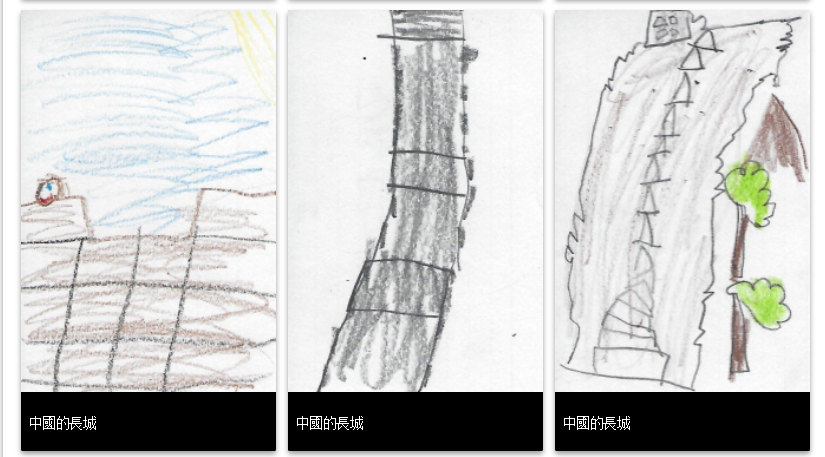This lesson is for : Grade 5:
Summary
How will we teach your parents and others in the community about the rich history Henrico has to offer? This student-centered, performance-based project allowed students the authentic opportunity to use their knowledge about Henrico history, become experts on a particular topic, and curators of their own museum. We discussed various types of museums in Virginia. Students were grouped by choice. Each group researched a particular museum, synthesized information from the internet, and designed a presentation for the class. They decided that it was crucial for each group to create a persuasive message, and the students took charge and voted for their favorite type of museum. Students then put themselves into another group based on choice. I acted as the facilitator, groups powerfully researched their topic using a variety of multimedia sources. Individuals reflected (self/peer) throughout the project using face-to-face communication, as well as Google Documents and Forms. Many students chose to have experts’ guidance along the way through my e-mail. Some even invited the Manager of Meadow Farm to come, as well as members of the Virginia Historical Society. Students used their critical thinking and problem solving skills in order to create an exhibit that would truly reflect Henrico’s history and teach the community about where they live. Students went beyond the project’s parameters by inviting special guests, coming up with a floor plan, created signs, invented games and artifacts, and designed invitations, programs, and thank you notes for the visitors. The successful final event was student-led and student-run.
TIPC Ratings
Research & Information Fluency
Rating: Ideal – Explanation: The teacher introduced the museum idea through a novel study. The students found authentic examples of different types of museums in the real world. The students determined what tools would be best for their research (internet, books). The students also used research through museum experts. The experts collaborated with the students for them to better their information fluency. Thereafter, the students researched a specific topic in Henrico’s history using self-found multi-media resources. They also researched through different experts in the county.
Communication & Collaboration
Rating: Ideal – Explanation: Students collaborated with one another to create and implement a presentation on a specific museum type. They also communicated with the rest of the class through commendations and recommendations. They selected Google Documents to do part of this. They also made modifications from this, and the students used this knowledge for future growth. Furthermore, students collaborated and communicated with experts using my school e-mail. Special Committees also collaborated (Signage, Invitations, Logistics, etc.). Small groups also collaborated to create a museum exhibit and presentation. Students self-reflected through a Google Form, while each group also created a Form in order for them to gain feedback from their peers, parents, and experts.
Critical Thinking & Problem Solving
Rating: Ideal – Explanation: One of the goals of the project was for each individual and then group to problem solve–how would they share their knowledge with 4th graders, parents, experts, and administration?. Students also used their critical thinking and problem solving skills in order to create and modify presentations, artifacts, narratives, hands-on activities, and questioning.
Creativity & Innovation
Rating: Ideal – Explanation: Each group determined what types of artifacts they would design and implement into their exhibit. Creativity and innovation were necessary in determining what was important enough to include. In addition to creating the artifacts, narratives, trifold board, and presentations, the student had to design student-generated invitations, programs, maps, and signs.






